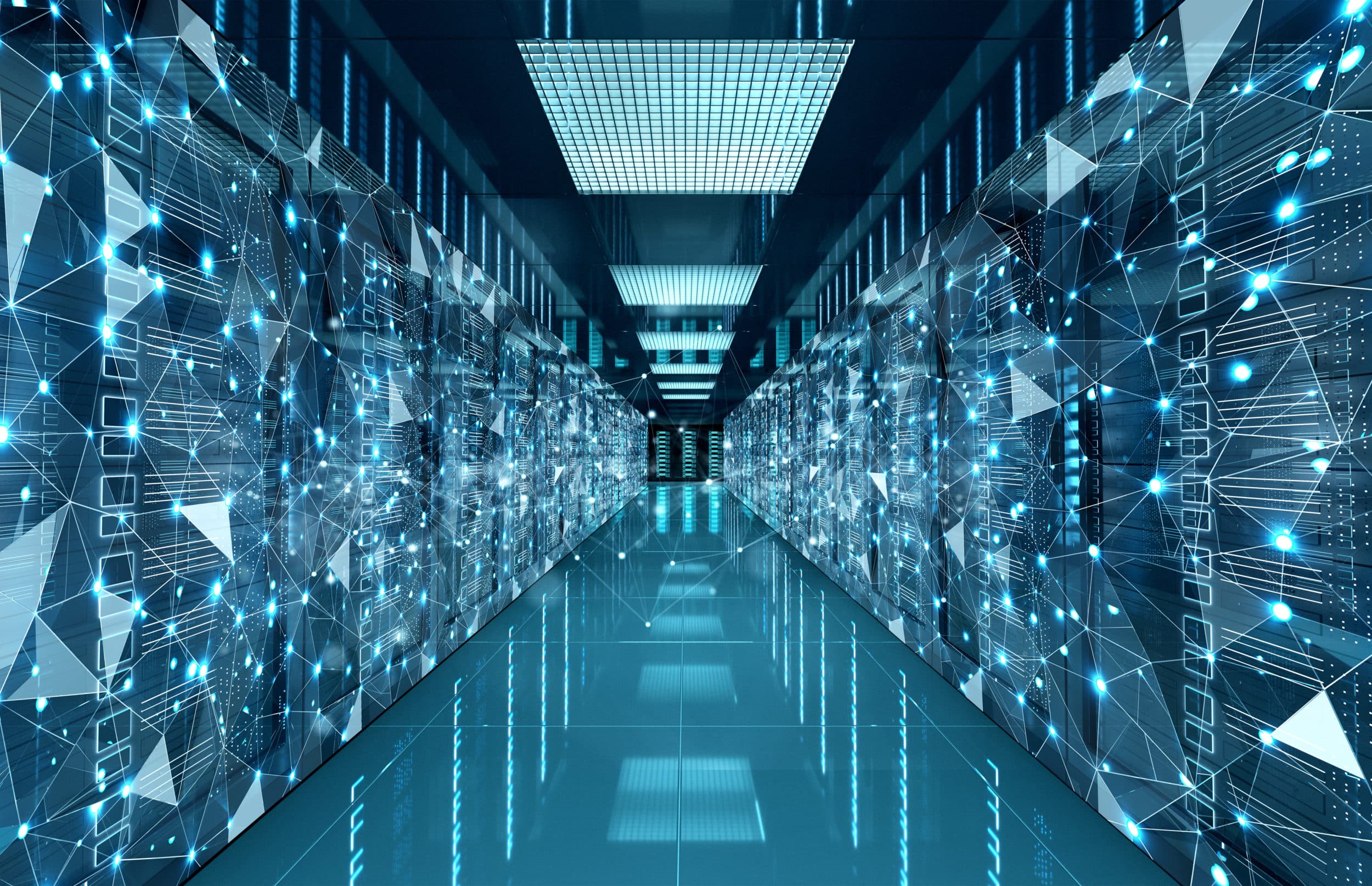
A data-driven approach is becoming an increasingly essential part of capitalising on the current data center market. Jérôme Totel, Director of Strategy and Innovation at Data4, a Paris-based European data center provider, explains how this approach is evolving within his company, paving the way for future software-defined data centers.
Ask any telecoms stakeholder and they will tell you that harnessing data insights is essential to stay ahead in today’s market.
With the constant introduction of a host of sensors, the possibilities for data exploitation are ubiquitous in modern data centers. But there is still much to be done to optimise the use of data to create sustainable facilities in the future, according to Jérôme Totel, Director of Strategy and Innovation at Data4, a Paris-based European data center provider.
To achieve this, it is essential to digitise assets by focusing on the “software-defined data center concept,” he explains. This means finding new data consolidation methods, using integrated and interconnected tools. The ideal end result is a real-time view of the end-to-end lifecycle of customer-facing facilities and services, enabling stakeholders to use this information to drive their business forward.
“Digital needs are increasing and data and application use is growing every day,” says Totel. “When you digitise your assets, among other things, you are able to understand the key challenges you face in reducing your environmental impact. If you don’t, it’s much harder.”
Data exploitation tools
Data4 has strived to become a leader in this area by adopting a strong data-driven approach in recent years. This approach consists in developing integrated software tools to aggregate data from various systems and processes, while maintaining interaction and information exchange. The goal is to offer customers extensive and remotely accessible visibility of operational indicators.
For example, every Data4 data center has a building management system (BMS), which consists of software that monitors the infrastructure so that it can react quickly if an incident occurs. In parallel to this monitoring system, Data4 has created a data lake to house all the data from the BMS and other software. The company is also rolling out AI-driven software to boost understanding of this data and increase efficiency.
“We want to use the data as much as possible,” explains Totel. “To do this, we can collect data from BMS platforms and different systems in a dedicated data lake, and add intelligent capabilities through an AI solution. We’re able to do this because we started digitising all our assets several years ago.”
A range of other software includes tools for managing racks, hosting space and other assets from data centers, as well as customer services and maintenance systems. To tie together its services into an all-inclusive shop that supports the intelligent data center, Data4 has a special customer portal that allows customers to manage all their operations and view key metrics.
According to Totel, it is essential to enable data center stakeholders to have real-time visibility of their assets, so that they can track temperature and power consumption, the operation of all their equipment, incidents, changes, service requests, environmental impact indicators, etc.
Knowledge and efficiency
Data centers are now equipped with a large number of sensors, but it is also possible to use them to improve operation efficiency. “Some of these sensors are very important, such as the temperature sensors in the computer room; others are simpler, such as knowing whether a door is open or not,” says Totel. “But the sensors are very useful in terms of historical data.”
They are also essential from an environmental point of view, as they identify trends in energy and water consumption, raw material use and greenhouse gas emissions. “With our tools, we can show our customers where the most important figures are that can be improved environmentally,” says Totel. “Is it located on their servers? Or on their storage equipment?”
As this is one of the biggest concerns in the data center market today, it is something that Data4 is focusing on by helping customers understand all the key environmental KPIs. For example, the company provides a user-friendly Green Dashboard calculator, integrated into its customer portal, to help customers calculate their environmental footprint.
However, Totel points out that optimising data use requires careful planning. “You can optimise everything, even operations, costs and environmental factors,” he explains. “But this means first completing three other steps – modelling, visualisation and exploitation of the solutions you wish to use.”
Thanks to all its activities in this area, Data4 can also optimise its own internal processes, an essential step towards expansion. The company now has 31 data centers in Europe, including a recently announced major investment in Germany, which will add to its business in France, Italy, Luxembourg, Spain and Poland.
For the market in general, Totel underlines the need for continued efficiency improvements. “It is important to make all the small improvements in the roadmap, since many minor improvements will lead to a major one,” he explains. “We can’t simply wait for major technological changes, because issues such as climate change are already a reality.”

